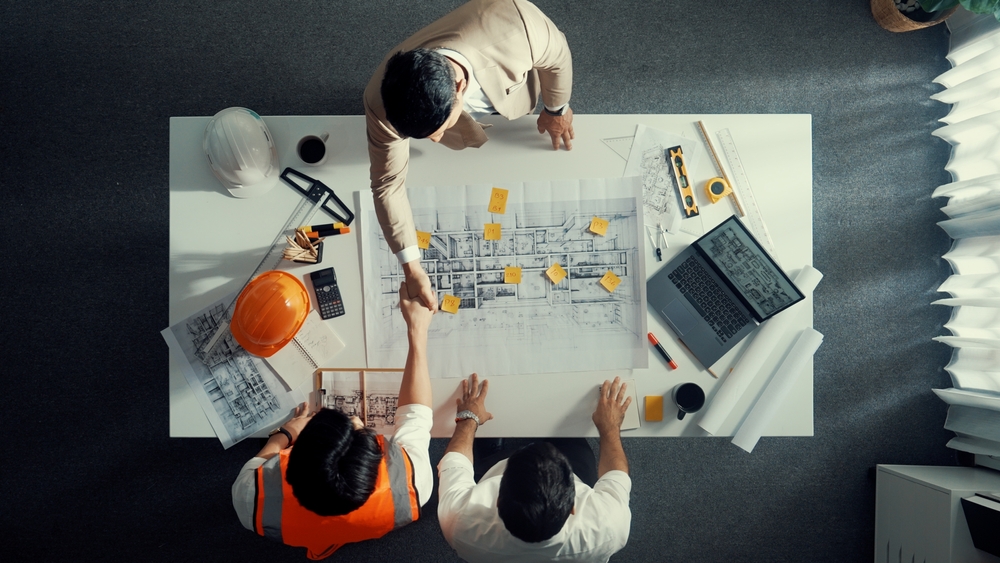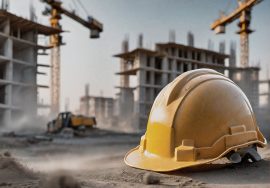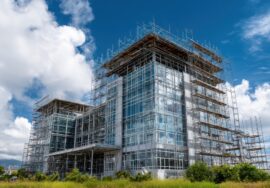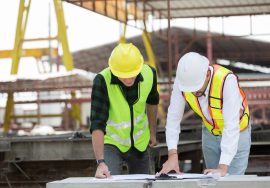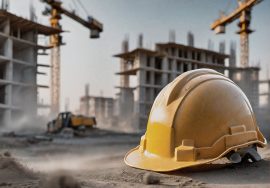Net-Zero Energy Buildings: The Future of Sustainable Architecture
Net-Zero Energy Buildings: The Future of Sustainable Architecture
Introduction
As the demand for sustainable construction rises, Net-Zero Energy Buildings (NZEBs) are gaining prominence. These buildings produce as much energy as they consume, leveraging renewable sources and advanced energy efficiency measures to achieve environmental sustainability.
Key Features of Net-Zero Energy Buildings
1. High-Efficiency Design
- Passive Solar Design: Maximizing natural light and heat to reduce energy needs.
- Advanced Insulation: Minimizing heat loss with high-performance materials.
- Energy-Efficient Windows and Doors: Enhancing thermal performance and reducing energy waste.
2. Renewable Energy Integration
- Solar Photovoltaic Systems: Harnessing solar power for electricity generation.
- Wind Energy Solutions: Supplementing power through small-scale wind turbines.
- Geothermal Heating and Cooling: Utilizing the earth’s stable temperature for energy-efficient climate control.
3. Smart Energy Management
- Building Automation Systems: Optimizing energy usage through AI and IoT technologies.
- Smart Grid Integration: Enabling buildings to contribute excess energy back to the grid.
- Energy Storage Solutions: Implementing battery systems to store surplus renewable energy.
4. Water and Waste Efficiency
- Rainwater Harvesting Systems: Reducing reliance on municipal water supplies.
- Greywater Recycling: Repurposing water for irrigation and non-potable uses.
- Low-Impact Building Materials: Utilizing recycled and eco-friendly construction materials.

Benefits of Net-Zero Energy Buildings
- Lower Energy Costs: Reducing utility bills through self-sustaining energy systems.
- Reduced Carbon Footprint: Contributing to climate change mitigation efforts.
- Enhanced Occupant Comfort: Providing healthier indoor air quality and temperature control.
- Increased Property Value: Attracting eco-conscious buyers and investors.
Challenges and Future Outlook
While NZEBs offer numerous benefits, challenges such as high initial costs, technological advancements, and policy support must be addressed. Governments and private sectors must collaborate to incentivize and accelerate the adoption of Net-Zero Energy Buildings.
For expert consultation on sustainable building solutions, contact us today.
Conclusion
Net-Zero Energy Buildings are transforming the future of sustainable construction. By integrating energy-efficient designs, renewable energy, and smart technologies, these buildings pave the way for a greener, more resilient built environment.
External References:
Construction Industry in India
- One of India’s largest construction and engineering companies, Campus Construction Cost Optimization provides services including project management, cost control, and engineering consultancy. For detailed information on their offerings, visit. Construction Industry in India
Read more related articles to enhance your knowledge and make informed decisions
10 Essential Steps in the Building Construction Process
How to Choose the Right Materials for Your Construction Project

